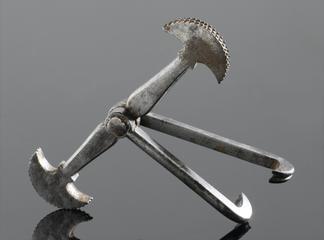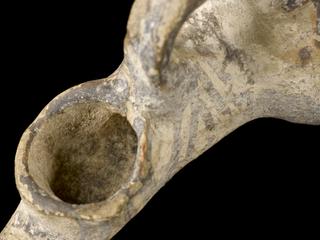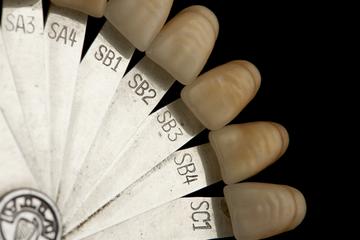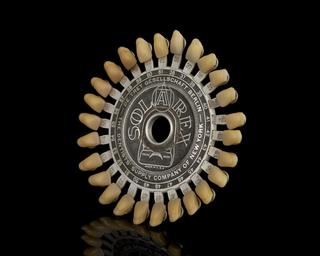

Dental key, iron, early, probably English, 1725-1780
Dental keys or tooth keys were introduced in the early 1700s and became the instrument of choice for tooth pulling from the 1770s onwards. They remained in common use until the beginning of the twentieth century.
This early example looks like a door key from the same period. The claw was placed over the top of the tooth and the bolster, the long metal rod to which the claw is attached, was placed against the root of the tooth. The key was then turned as if the user were opening a lock and the tooth would hopefully be removed – although dental keys were notorious for causing injury. Undoubtedly this operation was extremely painful for the patient, who probably had to be restrained.
Tooth pulling was carried out by a range of people including barber-surgeons and travelling practitioners and was the most common remedy for diseased teeth. Dentistry did not become a regulated and licensed profession until the late 1800s.
Details
- Category:
- Dentistry
- Collection:
- Sir Henry Wellcome's Museum Collection
- Object Number:
- A656897
- Measurements:
-
overall: 18 mm x 137 mm x 64 mm, 0.056 kg
depth: 61mm
height: 17mm
width: 150mm
- type:
- dental key
- credit:
- Loan, Wellcome Trust




